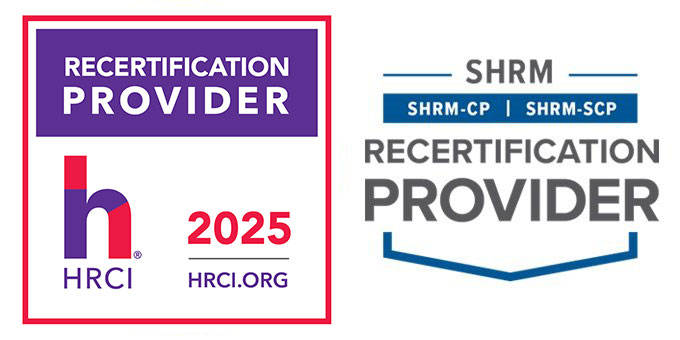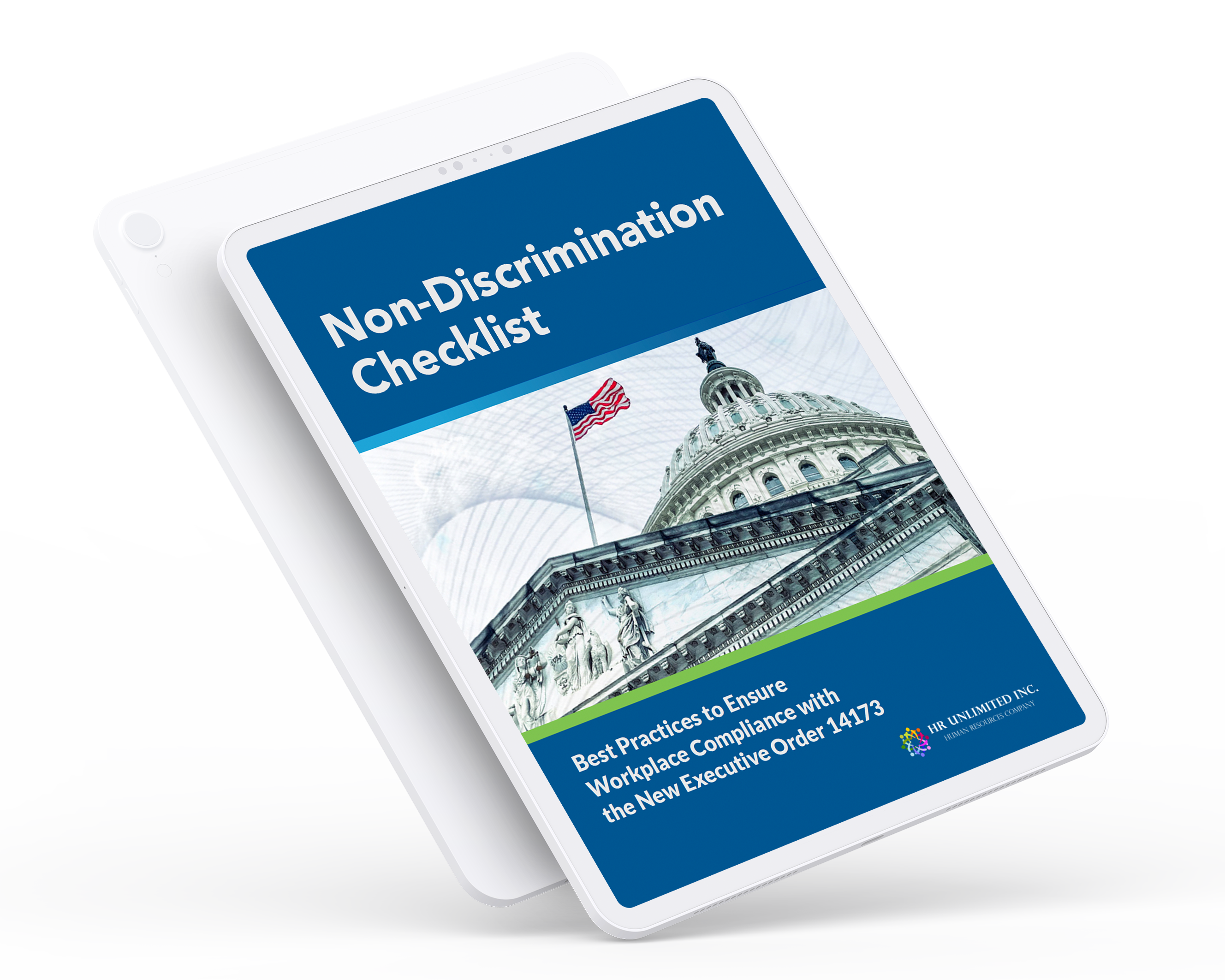It can be hard to believe, but many contractors do not have any procedures in place to periodically review their candidate selection processes. Additionally, many contractors elect to defer self-audits—or avoid them altogether! If you think that you are not susceptible to this practice, ask yourself how often your company reviews the makeup of your workforce. Are affirmative action goals reviewed only once a year? Do your recruitment efforts even incorporate a diversity hiring component? Do you consider the EEO/AA requirements throughout the course of the applicant recruitment, interviewing, and hiring processes?
For many, the answer to these questions is “no”. Most companies review their policies once a year as the minimum effort to comply with Affirmative Action regulations. They miss out on an advantageous business opportunity when they fail to implement internal auditing processes.
A simple and effective procedure, such as a standardized quarterly review, can be incorporated into the recruitment and hiring routine. This internal audit process would increase both your rate of compliance and streamline the end-of-year affirmative action reporting requirements. There are numerous misconceptions that internal self-audits can be ignored. This is due to the following fallacies:
- – Affirmative Action self-audit processes are not as important as other initiatives or duties.
- – There isn’t a clear return on the time invested in creating self-audit processes.
- – The Affirmative Action goals have already been established for the year, and no more work needs to be done.
- – The cost of implementing a periodic review is too high in both loss of employee time and loss of workforce productivity.
These misconceptions fail to acknowledge that compliance is a holistic endeavor: It includes a written action plan, actionable goals, concrete strategies, adjustments, and good-faith follow through efforts which can be assessed and documented. In reality, companies benefit immensely from the introduction of self-audit processes. For instance:
- – The time spent on self-audits will be returned at the end of the plan year because the overall process was streamlined.
- – The financial investment in attorneys and/or expert consultants to identify and rectify harmful compliance procedures is far less when problems are identified, early on, quarterly or mid-year than when rushed to support an audit. They are also far less than the costs of an extended audit, or lost profits from financial settlements.
- – The competitive advantages of diversity cannot be realized by a commitment of only a few days every year. Compliance rewards companies not just by minimizing risk but also by making a company more competitive.
- – Companies with a diverse workforce are more productive and attract top talent because they have a reputation for excellence and inclusion.
- – Companies that don’t have procedures which go beyond creating an annual written plan will have trouble demonstrating commitment and follow through during any OFCCP audits.
- – Compliance procedures are continuously evolving. Any company that wants to reduce risk needs to assess and implement best practices over the course of a year and make adjustments where necessary.
- – Though payroll, onboarding, and benefit enrollment are very important, ensuring that you have the best possible candidates for your open positions requires active reviews of hiring advertising strategies, and salary determination.
Managing the risks associated with noncompliance is essential! Noncompliance can jeopardize all of the other core functions of your business from production to sales. Implementing quarterly or biannual reviews will minimize and manage risk. Even a company which is not currently being audited by the OFCCP stands to gain benefits. It only a takes a single complaint to the EEOC to potentially jeopardize your entire business. And remember, compliance also indicates an appropriate level of diversity—a hallmark of good management, high productivity, and success.
Successfully compliant companies are able to demonstrate the existence of placement goals and a proactive effort to fulfill those placement goals. Though they may not always succeed in fulfilling those goals, they are able to demonstrate authentic and good-faith efforts to do so.
Position your company competitively by implementing self-audit review processes. Acting proactively now will ensure that your company can establish goals, processes to achieve them, and the ability to evaluate successes and failures. Affirmative action efforts require commitment to and the execution of hiring strategies which consider specific recruiting demographics. Ensuring compliance and benefiting from inclusion should be a core business function, not merely paperwork which needs to be filed at the end of the plan year.
Need help getting started? Contact us today – we can help!





